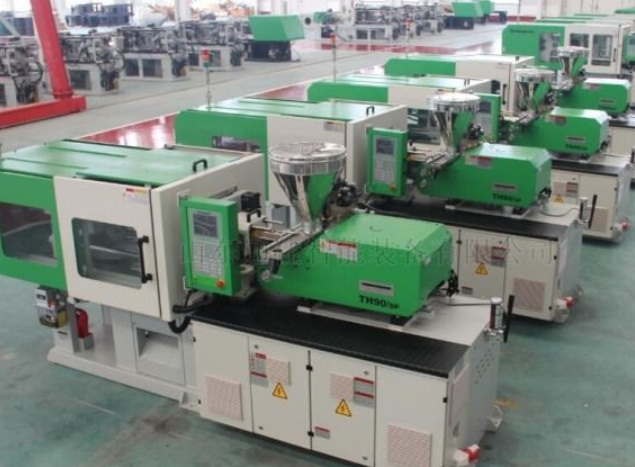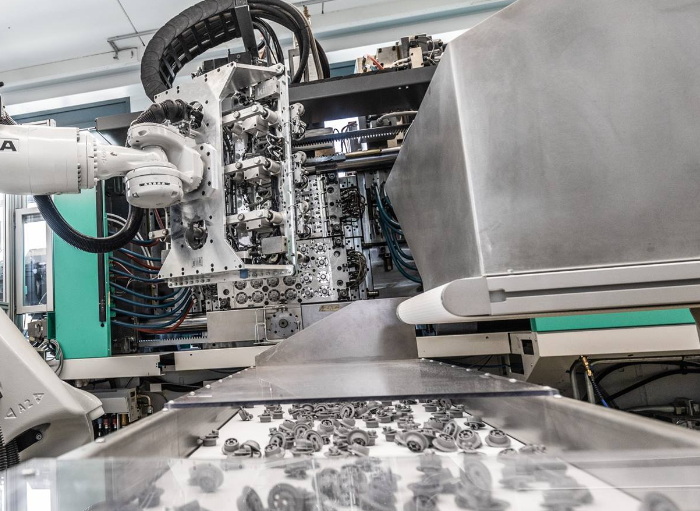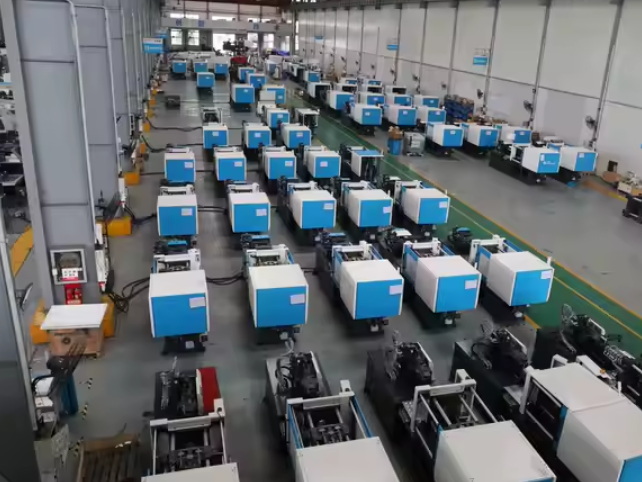Content Menu
● Introduction to Soya Food Extrusion Equipment
>> Features of Soya Food Extrusion Equipment
● Applications of Soya Food Extrusion Equipment
● Benefits of Soya Food Extrusion Equipment
● How to Get Quotes for China Soya Food Extrusion Equipment
● Market Trends and Future Outlook
>> Innovations in Soya Food Extrusion
>> Global Market Expansion
● Conclusion
● FAQ
>> 1. What is the typical production capacity of soya food extrusion equipment?
>> 2. How does the extrusion process improve soy protein digestibility?
>> 3. Can soya food extrusion equipment be customized for specific product shapes?
>> 4. What are the environmental benefits of using soya food extrusion equipment?
>> 5. What kind of after-sales support do Chinese manufacturers typically offer?
The demand for plant-based food products has been on the rise globally, and China has emerged as a leading manufacturer of soya food extrusion equipment. This equipment is crucial for producing a variety of soy-based products, such as textured soy protein (TSP), soy chunks, and soy nuggets, which are increasingly popular in vegetarian and vegan diets. In this article, we will explore how to obtain quotes for China soya food extrusion equipment and delve into the features, applications, and benefits of these machines.

Introduction to Soya Food Extrusion Equipment
Soya food extrusion equipment utilizes advanced technology to transform soybeans into nutritious, protein-rich products. The process involves mixing, extruding, drying, and cooling to create products with a texture similar to meat. These machines are designed to enhance the nutritional profile of soy products by reducing anti-nutritional factors and allowing for the addition of vitamins and minerals.
Features of Soya Food Extrusion Equipment
1. Twin-Screw Extruder: This is the core component of soya food extrusion equipment. It operates under high temperature and pressure, converting soy protein into a fibrous structure that mimics meat fibers. The twin-screw design allows for efficient mixing and extrusion of raw materials.
2. Customizable Shapes: By changing the die, these machines can produce various shapes, such as chunks, nuggets, or strips, catering to different culinary needs.
3. Energy Efficiency: Modern soya food extrusion equipment is designed to be energy-efficient, reducing operational costs while maintaining high production capacities.
4. Easy Maintenance: The machines are engineered for easy maintenance, with features like counterclockwise running screws connected by spline harnesses for easy unloading.
5. Advanced Control Systems: Many models come equipped with advanced control systems that allow for precise temperature and pressure control, ensuring consistent product quality.
Applications of Soya Food Extrusion Equipment
Soya food extrusion equipment is versatile and can be used in various industries:
1. Food Industry: It is widely used for producing textured soy protein (TSP), soy chunks, and soy nuggets, which are incorporated into meat products, fast food, and frozen foods.
2. Feed Industry: Soy extruders are also used in the production of animal feed, enhancing the nutritional value of feed for livestock.
3. Pharmaceutical Industry: Some soy extrudates are used as carriers for pharmaceuticals due to their ability to encapsulate active ingredients.
Benefits of Soya Food Extrusion Equipment
1. Sustainability: Soybeans require less land and water compared to animal protein sources, making soya food extrusion a sustainable option.
2. Nutritional Enhancement: The extrusion process improves the digestibility of soy protein and allows for fortification with essential nutrients.
3. Cost-Effectiveness: These machines offer a cost-effective solution for food manufacturers seeking to meet the growing demand for plant-based products.
4. Flexibility: The ability to produce a variety of shapes and textures makes soya food extrusion equipment highly versatile.
5. Market Demand: With the rise of veganism and vegetarianism, the demand for soy-based products is increasing, providing a promising market for businesses investing in soya food extrusion equipment.

How to Get Quotes for China Soya Food Extrusion Equipment
To obtain quotes for China soya food extrusion equipment, follow these steps:
1. Identify Suppliers: Look for reputable manufacturers and suppliers in China. Websites like Alibaba, Made-in-China, and specialized machinery forums can be useful resources.
2. Contact Suppliers: Reach out to potential suppliers via email or through their websites. Provide detailed specifications of the equipment you are interested in, including production capacity, power requirements, and any customization needs.
3. Request Quotes: Ask for comprehensive quotes that include the price of the equipment, shipping costs, installation services, and any additional features or accessories.
4. Compare Quotes: Evaluate the quotes based on price, quality, warranty, and after-sales support to select the best option for your needs.
5. Negotiate Terms: Once you have selected a supplier, negotiate terms such as payment methods, delivery times, and maintenance support.
Market Trends and Future Outlook
The market for soya food extrusion equipment is expected to grow significantly due to increasing consumer interest in plant-based diets. This trend is driven by health concerns, environmental awareness, and ethical considerations. As technology advances, we can expect to see more efficient and sustainable soya food extrusion equipment entering the market.
Innovations in Soya Food Extrusion
Recent innovations include the use of advanced materials in extruder construction, improved control systems for better product consistency, and the integration of artificial intelligence for predictive maintenance. These advancements are set to further enhance the efficiency and reliability of soya food extrusion equipment.
Global Market Expansion
With the global demand for soy-based products on the rise, manufacturers are expanding their operations to meet this demand. This expansion includes not only increasing production capacity but also investing in research and development to improve product quality and variety.
Conclusion
China soya food extrusion equipment is at the forefront of the plant-based food revolution, offering a sustainable and cost-effective way to produce high-quality soy products. By understanding the features, applications, and benefits of these machines, businesses can make informed decisions when sourcing equipment. Whether you are a food manufacturer or a feed producer, obtaining quotes from reputable suppliers in China can help you find the right equipment for your needs.

FAQ
Here are some frequently asked questions about China soya food extrusion equipment:
1. What is the typical production capacity of soya food extrusion equipment?
- The production capacity varies depending on the model, ranging from 100 kg/h to over 1000 kg/h. For example, the SLG95 model can produce up to 1000 kg/h.
2. How does the extrusion process improve soy protein digestibility?
- The high heat and pressure during extrusion reduce anti-nutritional factors in soybeans, making the protein more digestible and accessible to the body.
3. Can soya food extrusion equipment be customized for specific product shapes?
- Yes, by changing the die, these machines can produce various shapes such as chunks, nuggets, or strips, catering to different culinary needs.
4. What are the environmental benefits of using soya food extrusion equipment?
- Soybeans require less land and water compared to animal protein sources, making soya food extrusion a sustainable option for food production.
5. What kind of after-sales support do Chinese manufacturers typically offer?
- Many Chinese manufacturers provide comprehensive after-sales support, including installation services, training, and lifetime maintenance support.













